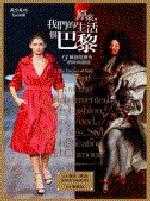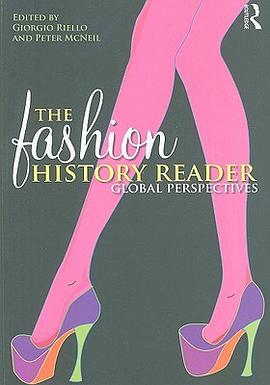The Fashion History Reader is an innovative work that provides a broad introduction to the complex literature in the fields of fashion studies, and dress and fashion history.
A comprehensive resource for those who wish to further their engagement with fashion as a contemporary phenomenon, the book connects a diverse range of approaches and incorporates non-Western literature within better-known studies from Europe and North America.
It identifies the history of fashion as a meeting point between the long-standing historical investigation of ‘dress’ and ‘costume’ and the more recent development of those sociological and anthropological-inspired studies that have come to be called ‘fashion theory’.
Twenty-three chapters and over forty shorter ‘Snapshot’ texts cover a wide range of topics and approaches within the history of fashion, ranging from object-based studies to theory-driven analyses. The book is divided into six parts, surveying some of the key themes in the history of fashion. Themes also move in and across time, providing a chronology to enable student learning:
* parts 1-3 cover the 15th to the 18th century
* parts 4 and 5 cover the 19th century to the contemporary (with particular attention given to non-European countries)
* and part 6 provides a survey of the global setting and current globalised nature of fashion.
A comprehensive introduction by the editors will contextualise debates for students, synthesising past history and bringing them up to date through a discussion of globalisation. Each section also includes a short, accessible introduction by the editors, placing each chapter within the wider, thematic treatment of fashion and its history, and an Annotated Guide to Further Reading encourages students to enhance their learning independently.

